Early and late season canoe trips mean more tranquility and less of the three Bs: bugs, boats and bodies. No wonder we love them. In most of canoe country, these trips happen on frigid waters in cool air temperatures.
According to the United States Coast Guard, in 2019 cold water was a factor in at least 87 paddling fatalities. Cold water is also a factor in roughly 200 drownings each year in Canada. Boaters, including canoeists, make up 40 percent of those deaths, according to the Canadian Red Cross.
Paddlers dedicated enough to be on the water in the shoulder seasons are hopefully familiar with the dangers of cold-water immersion. The old rule of thumb is to wear immersion protection if the sum of the air and water temperatures combined is less than 120°F (49°C). Nowadays, cold-water researchers advise dressing for the water temperature and treating water cooler than 70°F (21°C) with caution.
Of course, lakewater canoeists never expect to find themselves in the water and many eschew the wisdom of immersion protection even if they know better. Have you seen flatwater canoeists wearing drysuits in April?
How much does self-rescuing in icy water suck? Let me tell you. But first, some background.
Cold shock response is caused by the sudden lowering of skin temperature upon immersion in cold water. The rapid cooling of skin causes gasping and hyperventilation, a spike in heart rate and blood pressure and panic for many. Cold shock can kill in just seconds—someone who gasps underwater without a life jacket won’t resurface.
The 1-10-1 principle is an easy way to remember the three phases of cold-water immersion. Experts recommend spending one minute recovering and getting breathing under control. Then a swimmer has about 10 minutes of meaningful movement to self-rescue. Arms usually become uncoordinated first due to muscular cooling because of their high surface area to low mass. Swim failure follows soon after—and then drowning if a person is not wearing or hanging onto something floaty.
So long as an adult paddler can keep airways clear, most will maintain consciousness for an hour or longer after immersion. Even in icy water, hypothermia takes time to kill.
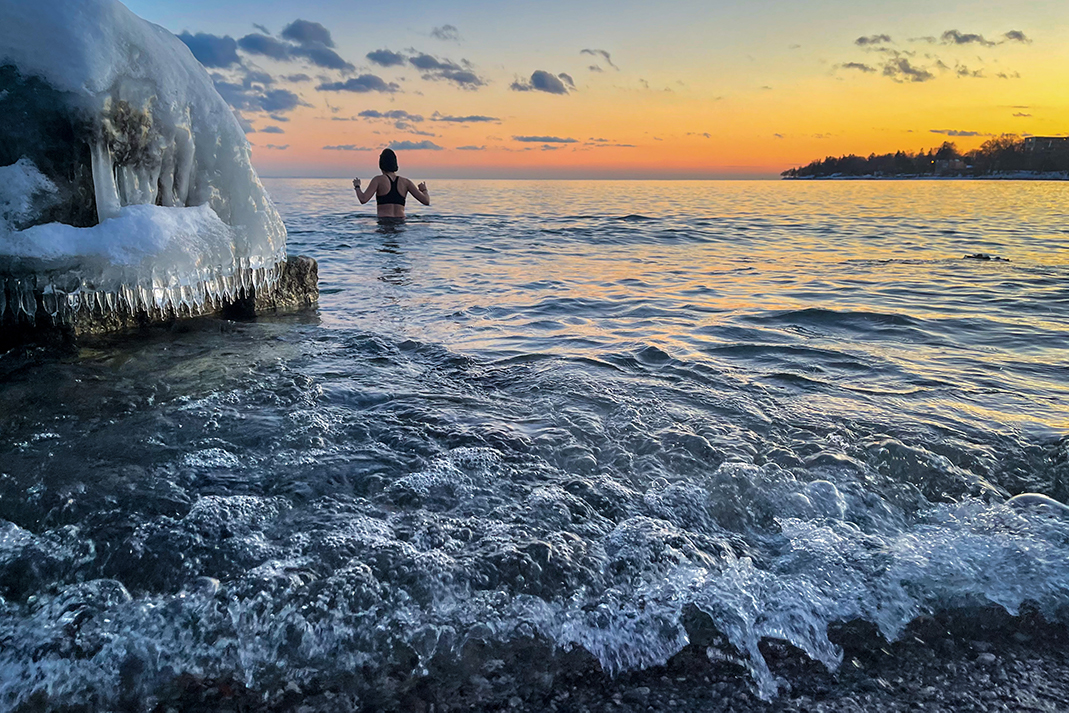
I’ve thought a lot about cold water this winter. An exceptionally mild fall extended last year’s canoe tripping season into December. Then the pandemic kept everyone home. I started daily dips in the 33°F (1°C) water of Lake Ontario as a way to beat back the pandemic blues and find adventure close to home. I know, endless lockdowns makes a person do crazy things.
What started as screeching 10-second immersions grew to comfortably numb five-minute meditations. It’s hard to be anything but present in a body electrified by the cold. Worries wash away. Spirits are buoyed. It’s very addictive.
The wellness community claims many benefits of cold-water immersion—from a boosted immune system to lower inflammation levels—but for my mom and me, the frigid forays are fun and exhilarating. In that sea of indistinguishable winter days, an icy swim made each day a little less mundane.
The cozy fleece pants and down parka I burrow into après dip are an essential part of what makes the daily experience enjoyable. The more I plunge, the more skeptical I am about a successful self-rescue in similar temperatures.
“You never take advice. Someday you’ll pay the price, I know.”—Foreigner
From the first panicked gasp, how could a capsize on trip become anything other than a survival mission? Resurface, right the canoe, porpoise back in, collect gear and paddle to shore. Then peel off sopping wet clothes, get into dry ones, set up camp and make a fire. All in whatever inclement weather conditions contributed to the capsize in the first place.
After a season of winter swimming, a recovery from a capsize without proper immersion wear seems improbable. After even just five minutes immersed, I have to coax numb fingers to change into dry clothes and warm boots waiting onshore. The dexterity to open the buckles on my PFD would be a challenge, zippers impossible, never mind trying to feed tent poles or strike a match.
Experiencing the cold puts into perspective the tragic newspaper headlines we see at the Paddling Magazine office every spring and fall. Lone anglers who capsize and never make it to shore. Trippers who tip over into a survival situation and are severely hypothermic when hoisted into a rescue helicopter. Many of these paddlers aren’t intentionally reckless—some are otherwise strong swimmers with years of canoeing experience.
Warmer days and sunshine have a way of luring us onto dangerously cold water without taking precautions. Nothing happens until it does. And then it’s too late.

Kaydi Pyette is the editor of Paddling Magazine. She’s up to 10-minute dips but needs an equally long hot shower to warm up. See what cold water immersion looks like and how to prepare yourself here.


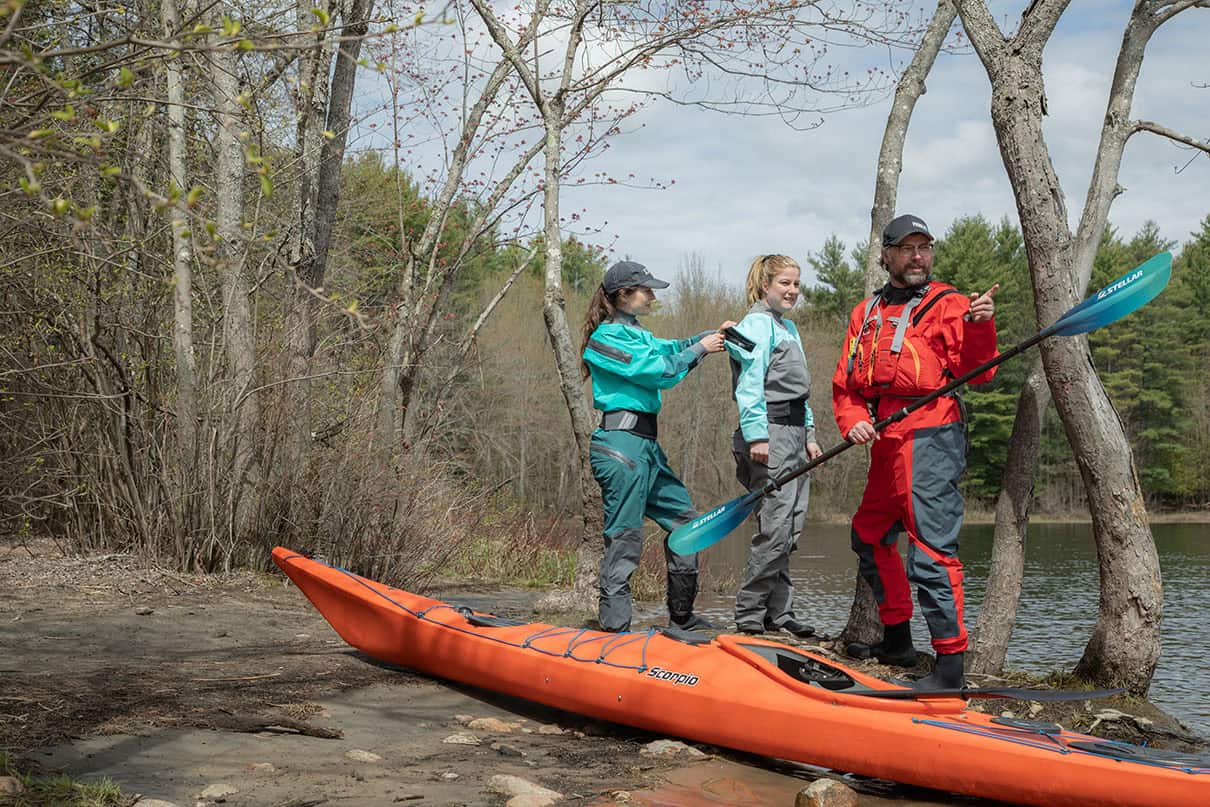

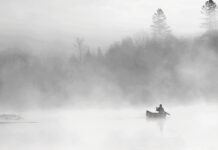
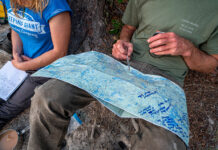
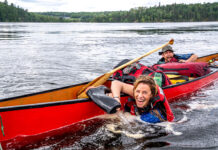
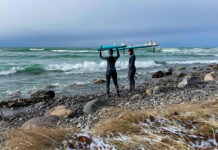

A well-written and important article with a resoundingly clear message — but for one thing. The “old rule of thumb” about combined air/water temps below 120 deg. should not even be phrased as an old rule of thumb; it needs to be clearly and strongly debunked as the life-threatening myth that it is. In many areas, it is very common on a balmy, early to mid-spring day, to get air temps well into the 70s — while the water is still in the 40s. Air temperature is IRRELEVANT in the event of a capsize. Let’s kill this dangerous myth once and for all.
Years late on echoing this, but I use a similar temperature scenario when I hear the 120 rule – It can get to 90 here in the PNW. Summer water temps MAY hit 55. That’s a 145 deg combination.
The other rule that needs to go away: 1-10-1. Cold shock can kill in seconds. When it doesn’t, you don’t have a minute to get breathing under control – you have an inability to control your breathing that can last 5 minutes or longer. Incapacitation can happen in as little 2 minutes (water temps determine this).
Even then, you may not be fully incapacitated, but you can suffer effects like the ability to process thoughts to losing the manual dexterity that allows you to rescue yourself.
+1 to dress for cold water as #1 safety priority when paddling. You never know when you will be in a situation to self rescue or to be ready to help others in tough situations.
The point being, according to USCG research, most people die from cold water immersion long before hypothermia claims them.
I tell people here to hold their hand in the Glacial water and see how long they can, then I ask them what it would feel like with their whole body in the water. Another quick test for you folks from warm weather is to before switching off the water in your shower turn it to its coldest setting and start counting.